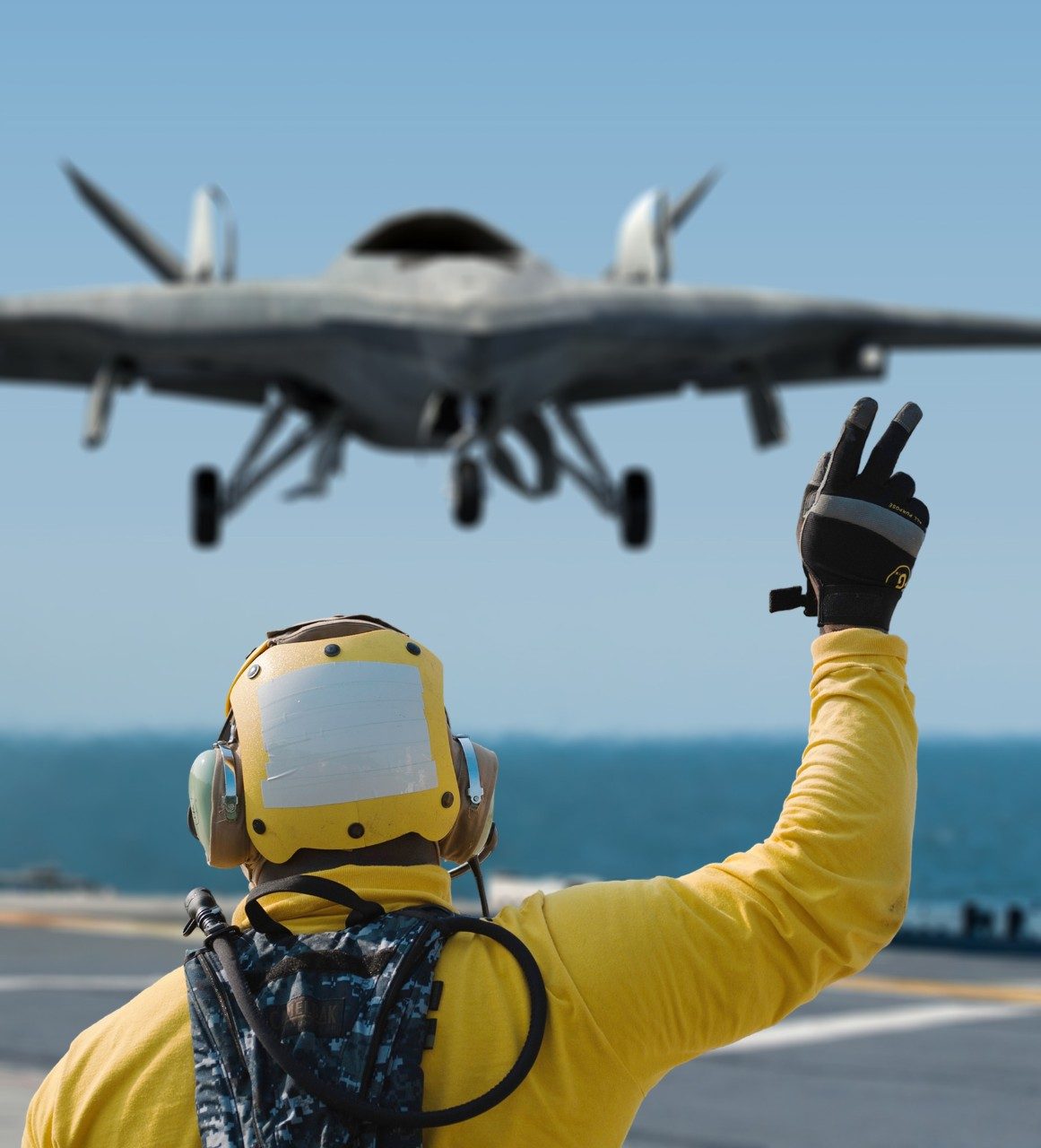The Kettering Aerial Torpedo, the world’s first unmanned aerial vehicle, was a remarkable piece of technology. With a wingspan of nearly fifteen feet and a length of twelve and one-half feet, this UAV, known as the Bug, was guided toward its target by a system of pre-set internal controls. After flying more than seventy-five miles at speeds close to 120 mph, an electrical circuit closed automatically, shutting off the engine. The wings were then released, causing the vehicle to plunge to earth. The Bug’s 180-pound payload of high explosives detonated on impact with the ground. The date: 1918.
Unmanned aircraft have come a long way since then.

Over the years, several names have been applied to these aircraft—drones, RPVs—remotely piloted vehicles, or UAVs—unmanned aerial vehicles. Whatever the aircraft with no people on board were called, these systems were viewed, at best, as an adjunct to the combat forces of the United States. Today, the official term is Unmanned Aircraft Systems, or UAS, and these vehicles are critical, essential components of US operations around the globe.
But in many ways, today’s unmanned aerial vehicles have come full circle. The ability to cover ground, whether measured by range or by endurance, is a defining characteristic. The exponential leap in computing power, advanced flight controls, and materials over the last twenty years have combined to allow even small unmanned systems to carry a useful payload.
Throughout its history, Lockheed Martin has been involved with unmanned aircraft, starting with the Bug, which was developed by legacy company Dayton-Wright. The company built four target drone designs during World War II, and by the 1960s, Lockheed Martin’s Skunk Works® division had developed the ramjet-powered, high-altitude D-21 reconnaissance drone.

The 1970s saw the introduction of two small remotely piloted vehicles, including one designed to loiter and then crash into radar sites. The MQM-105 Aquila was developed in the late ’70s to serve as the Army’s first battlefield RPV, although it was ultimately canceled for budget and technical reasons. Later in the mid-1990s, the Skunk Works produced the RQ-3 DarkStar, which introduced autonomous operation and stealth into the unmanned world.
Today, Lockheed Martin is responsible for a number of unmanned aerial systems that vary in size and mission. From the maple seed-inspired Samarai to the cargo-delivering K-MAX—these UAS are demonstrating the future in unmanned aerial capability.




